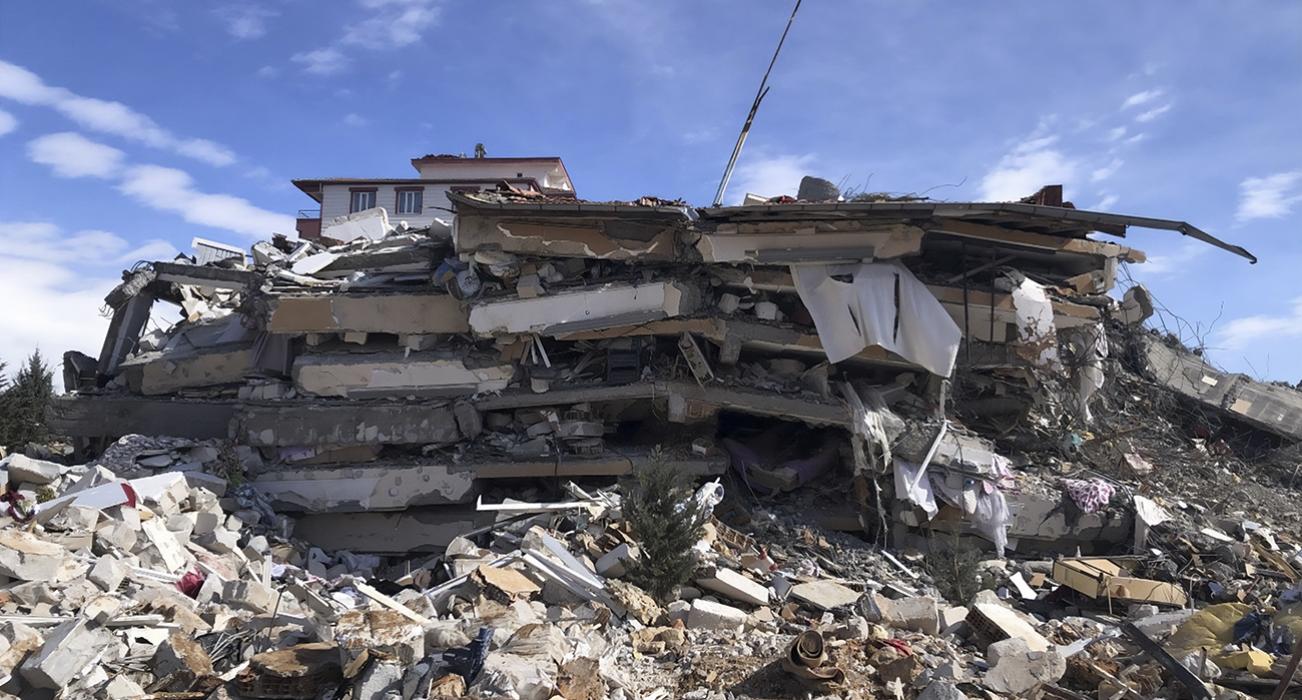Report into the Turkey-Syria earthquakes reveals construction shortcuts
An independent investigation by the Earthquake Engineering Field Investigation Team (EEFIT), into the Turkey-Syria earthquakes attributes casualties to deficiencies in building structures and construction shortcuts, driven by a profit-oriented construction industry.
The EEFIT Mission report published by the Institution of Structural Engineers for EEFIT, was co-led by Magdalene Fellow Professor Emily So, Professor of Architectural Engineering and Director of the Cambridge University Centre for Risk in the Built Environment (CURBE) and Dr Yasemin Didem Aktas from the Faculty of Engineering Sciences at UCL.
Discoveries indicate that even the most recently constructed buildings exhibited deficiencies. This occurred despite the presence of well-established technical expertise, state-of-the-art building codes, and stringent building regulations. Failure of buildings primarily made of Reinforced Concrete (RC) structures were the main cause of casualties.
The report calls for strengthened auditing and quality control mechanisms, discourages legalising non-compliant buildings, and emphasises the need for a comprehensive, interdisciplinary approach to seismic resilience. The study also highlights the lack of publicly available data hindering risk assessments for future earthquakes. The report raises concerns about the environmental and public health implications of debris management and questions the transparency of the Compulsory Earthquake Insurance (CEI) in Turkey.
Read the full report and findings: EEFIT Mission report: Turkey earthquake sequence February 2023
